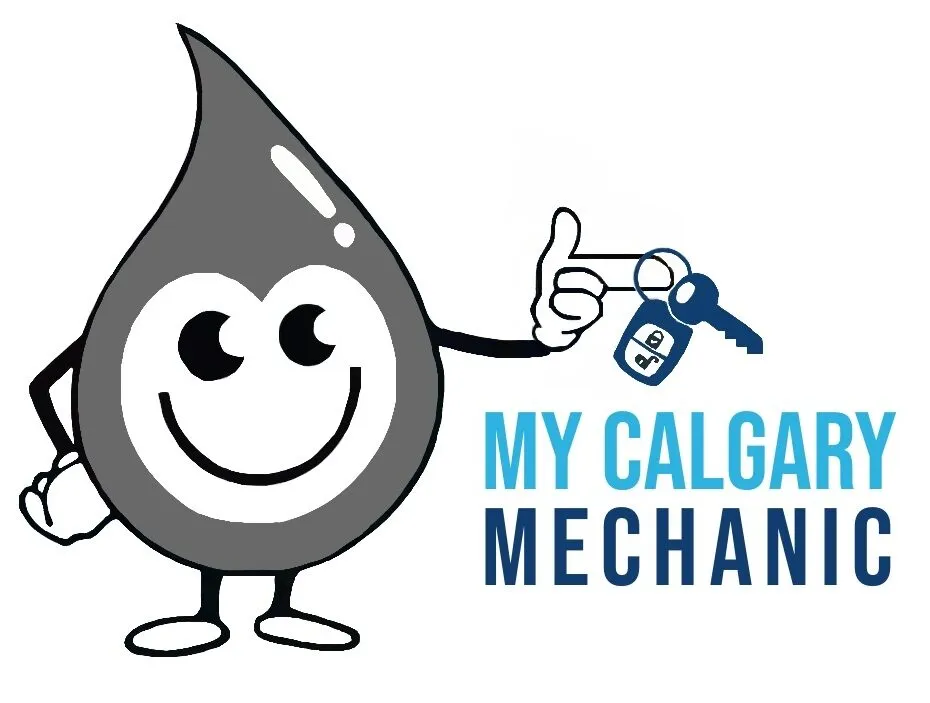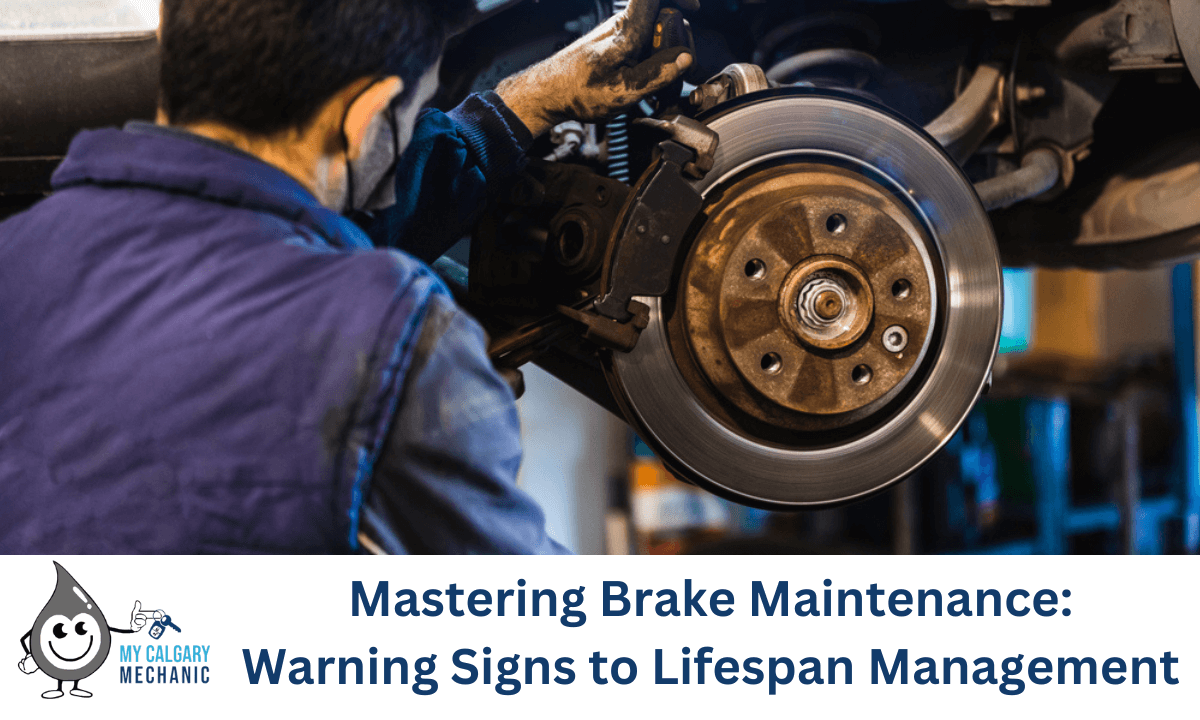As summer comes to a close and we transition into fall, anticipating the coming winter months includes proper vehicle prep. Calgary residents know the unpredictability of the weather and road conditions can change quickly. This highlights the importance of making sure that your car is ready to take on the season ahead.

To help you stay safe this winter, we’ve outlined our 5 top tips to improve your winter driving below:
Tip #1: Drive Slowly
Speed is the main cause of winter collisions. Driving too quickly leaves little room for drivers to act when their vehicle hits a patch of ice. Abrupt stops and sudden turns lead to skidding and losing control. Drive carefully on snow-covered roads and leave earlier to make time to safely reach your destination.
Tip #2: Service Your Tires
Regardless of how safe you drive, worn tire tread and brake pads will impact your driving significantly. This is especially true for icy roads that need your tires to have a high level of traction. We recommend being proactive and switching out your tires to winter tread and scheduling a car brake service to make sure that your tire system is running in top condition.
Tip #3: Use Your Brakes Effectively
When making turns, brake lightly to slow your speed before entering the turn and accelerate once you have rounded the corner. When it comes to skidding, most people will naturally want to hit the brakes. It’s recommended to turn into the skid and accelerate to transfer your vehicle’s weight from the front to the rear. This will help you gain control of your vehicle.
Tip #4: Check Traffic Conditions
Before you leave for your commute, be sure to check traffic and weather conditions so you can be prepared for your drive. Familiarize yourself with alternate routes, identify areas that see frequent collisions, and clear your vehicle of ice and snow before hitting the road.
Tip #5: Prep Your Vehicle
Along with tire service, making sure that your vehicle is ready for the winter months and in any emergency is important. Schedule a maintenance check that includes an oil change service and other routine inspections, including checking the life of your battery. You don’t want to get stuck during a cold day with a dead car battery on the road.
Technicians will also check your vehicle’s fluid levels and identify any potential problems with your car. Prepping your vehicle for winter driving conditions is an important step to ensuring the safety of you, your passengers, and other drivers on the road.






